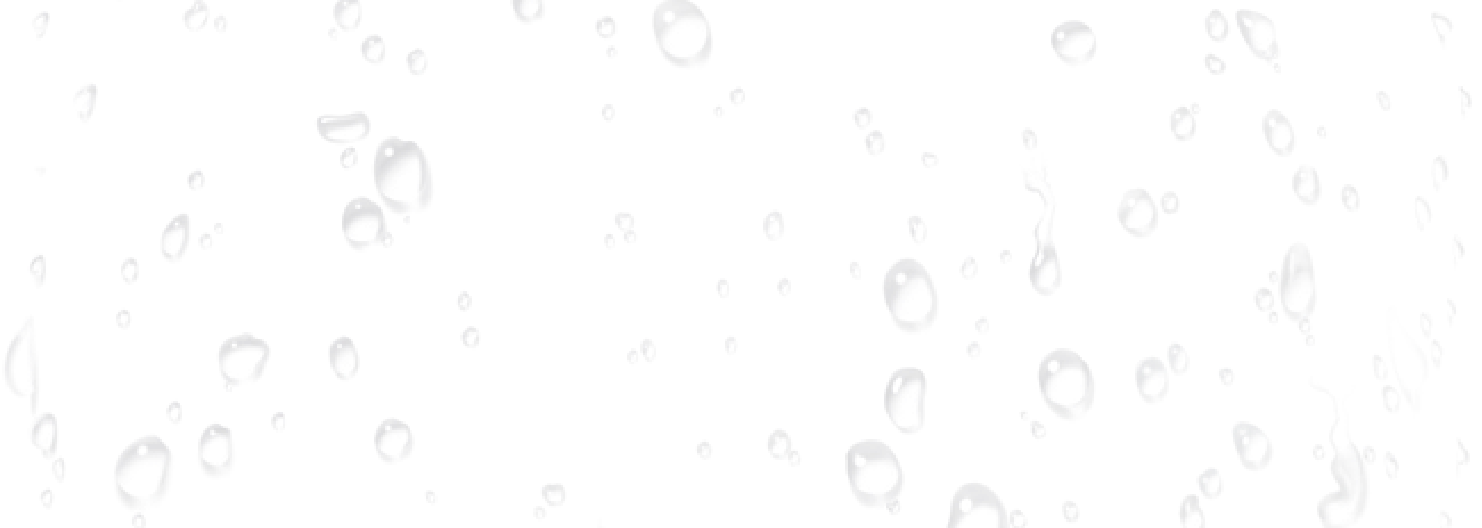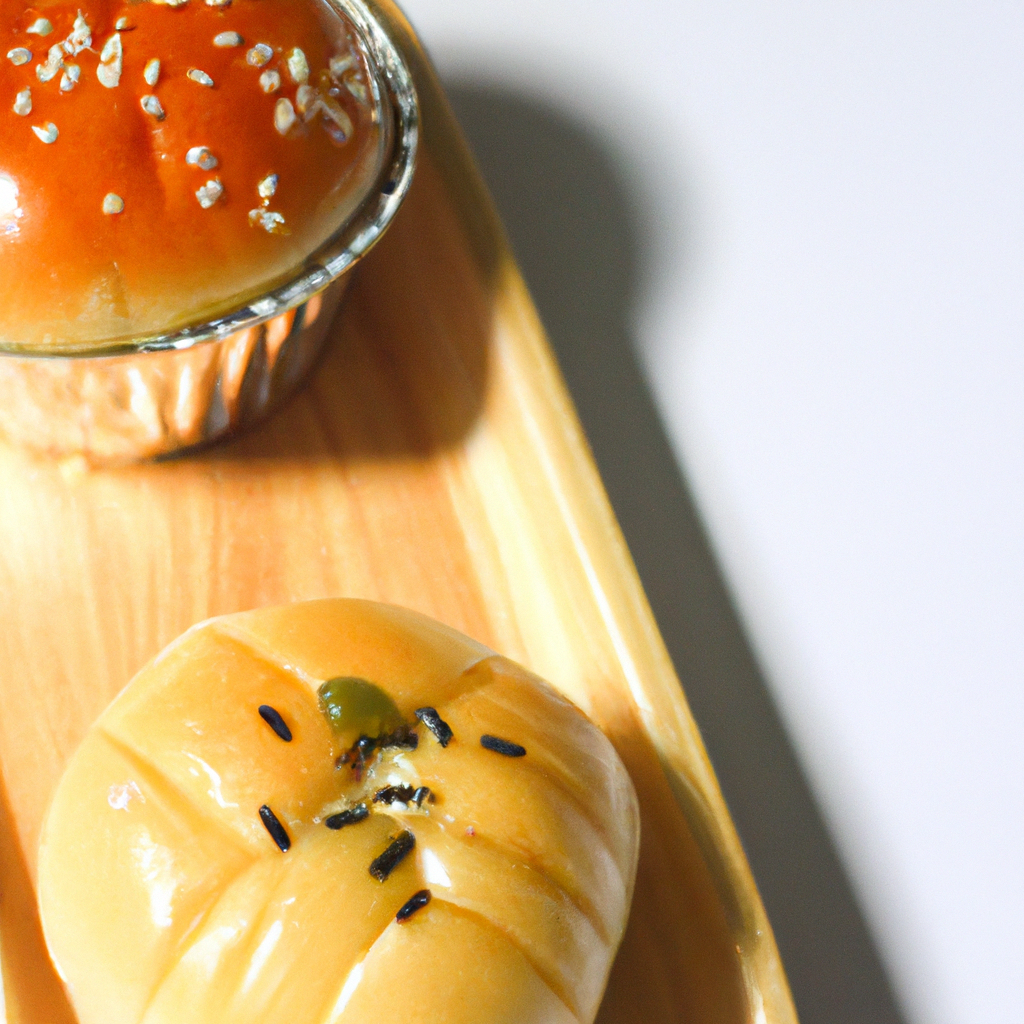Bake-tastic Deals: Elevate Your Treat Game!
Hey there, fellow bread lovers! Today, we’re diving into the fascinating world of sourdough. Yep, that magical loaf with a crust so crispy and an inside so soft that it makes you wonder what kind of sorcery is behind it. Spoiler alert: it’s all about fermentation. But don’t worry if science isn’t your thing—I’ll break it down nice and easy.
So, let’s talk sourdough starters. Picture this: a bubbly concoction sitting on your kitchen counter like some sort of alien life form. It’s actually just flour and water, but give it a few days and voilà! You’ve got yourself a living culture teeming with wild yeast and bacteria ready to work their magic.
I remember when I first started my sourdough journey (or should I say adventure?). My friend Sarah gifted me her grandmother’s starter—one that’s been alive longer than I’ve been around! As soon as I opened the jar, the tangy aroma hit me like a wave of nostalgia mixed with excitement. It was like inheriting a piece of history or maybe even unlocking an ancient secret recipe.
But back to the science bit—it’s really cool how this works! The yeast in your starter eats up sugars from the flour and produces carbon dioxide gas, which helps your dough rise. This process takes time though; we’re talking hours or even overnight fermentations here folks! That’s why patience is key in sourdough baking—it truly can’t be rushed.
On top of that rising action happening thanks to our little yeasty friends, there’s also lactic acid bacteria doing its thing too. This particular bacteria gives sourdough its signature tangy flavor by producing—you guessed it—lactic acid during fermentation.
And let me tell ya, mastering this balance between yeast activity for rise versus bacterial activity for flavor can feel like trying to solve a delicious puzzle sometimes! There have been batches where my bread came out flatter than expected because I over-fermented or under-fed my starter… oops!
Here’s another fun fact: did you know no two starters are exactly alike? They’re kinda like snowflakes—or fingerprints—but way tastier obviously. Factors such as location (like whether you’re using city tap water versus well-water), types/brands/types-of-flour used could result in subtle differences among different people’s starters even if they follow identical recipes!
One time while visiting family upstate New York last summer—they live right near apple orchards—I decided on impulse ‘why not try making sourdough here?’ Turns out local apples influenced wild microbes present enough resulting noticeably fruity note unique compared previous bakes back home!
And isn’t that part beauty behind baking homemade anything? Every loaf tells story—not only reflecting care put into creating something nourishing loved ones—it also captures essence surrounding environment moment shared together breaking fresh-baked warm slice slathered butter…
Oh man… I’m getting hungry just thinking about those perfectly imperfect loaves coming hot off oven rack now melting butter droplets cascading side before disappearing one blissful bite after another…
Whew okay better wrap things up before lunch gets derailed completely dreaming carb-filled daydreams eh?
Hope this gave lil’ insight perhaps inspired next kitchen experiment involving humble irresistible art-form known worldwide simply “sourdough.”
Until next time… happy baking everyone!!

